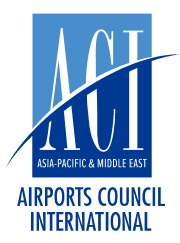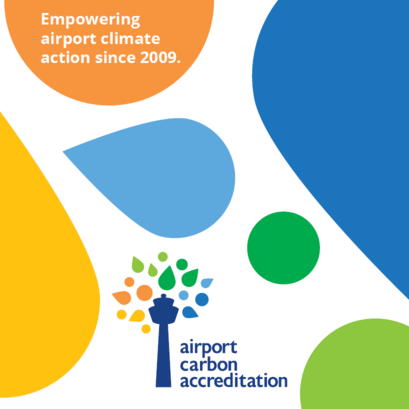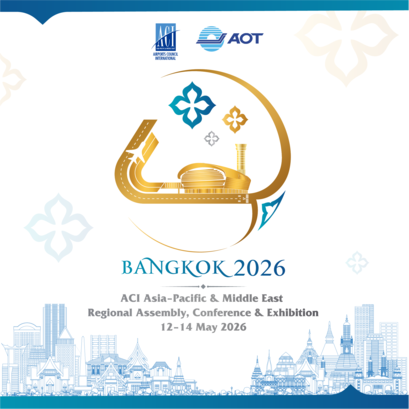#DYK Diversity and Inclusion considerations are embedded in our new website?
- 19 Jan 2021
In recognizing the diversity and needs of our membership and industry stakeholders, ACI Asia-Pacific made a conscious decision to include the Diversity and Inclusion (D&I) feature into our website design as part of our digital transformation project.
What is D&I?
D&I represents accepting, being aware and making the best use of individual differences of age, gender, ethnicity, religion, disability, sexual orientation, education, and national origin to establish a perfectly diverse society. D&I thinking is highly valuable to companies and businesses.
When it comes to website design, it’s worth pointing out that around 4.5% (around 315 million people) of the global population experience colour blindness, 4% (around 246 million people) suffer from low vision, and 0.6% (around 39 million people) are completely blind. This can make navigating online channels quite challenging.
In the development of our new website, we took into account these special needs requirements such as colour vision deficiency and visual impairments. We made sure that the art direction and design adhered with the latest web accessibility guidelines, aiming for a hassle-free digital experience for our visitors.
Five D&I approaches
Colour combinations: To assist people who are challenged by colour, incorporating a strong contrast between colours is fundamental. Our website uses two major colours: the familiar ACI blue colour contrasted with a bright orange. These colours are supported by clean black and white text and background. This colour approach supports readability.
Consistent and diversified navigation: Across all webpages, the navigation bar and links are presented in the same location and order. Also, to help visitors easily locate information, we incorporated multiple search options including a site map and search function.
Use of icons or labels: Websites that rely heavily on colour, can be a challenge for colour-blind people. By relying on icons or labels, instead of colour, content can be much easier understood.
Alternative text and description for visuals: For visitors who are unable to visually identify an image, alternative text is essential. Alternative text describes the appearance and function of an image on a page and has become a tenet of accessible web design. How well and succinctly we articulate our content becomes paramount to facilitate alternative text.
Consistent headings and paragraphing: A structured text layout not only helps with the readership and communications with visitors, but also facilitates visitors using screen readers to skim pages to get an overall impression of a page’s content. A screen reader is a technology that renders text and image content into speech or braille output.
Now that our new website is live, we will need to measure whether we meet our visitors’ needs in achieving a hassle-free digital experience for all our visitors. D&I cannot be achieved overnight. To that end, we will endeavour to continuously ensure our content are developed and articulated with D&I needs in mind. We would also identify new technologies and designs that can improve the requirements of people with special needs and listen to the feedback on our website from all users.
- CATEGORY
- COUNTRY / AREA
- Hong Kong
- AUTHOR
- CommunicationsACI Asia-Pacific









